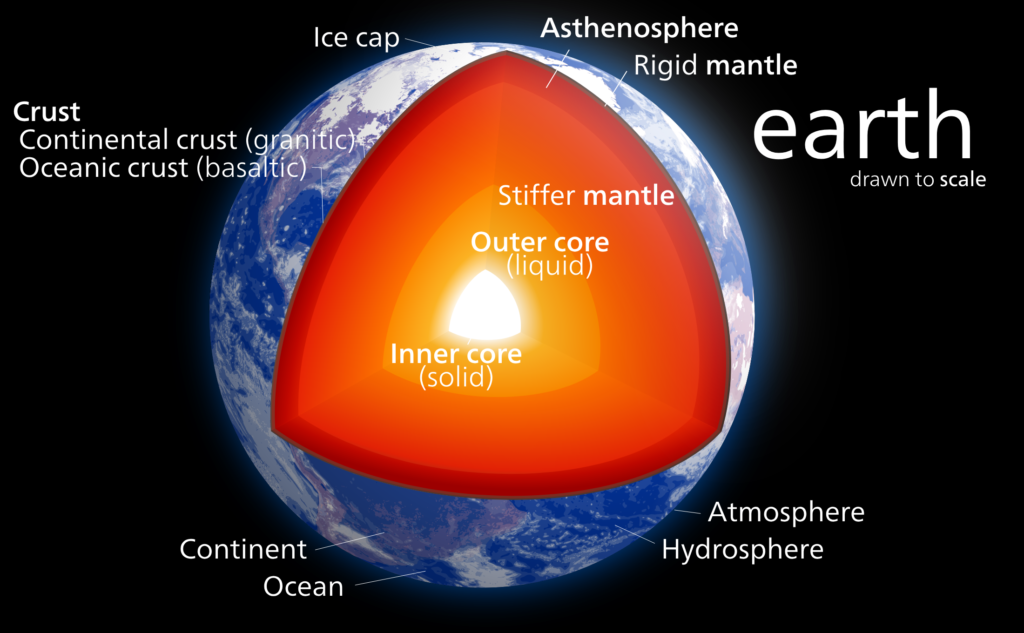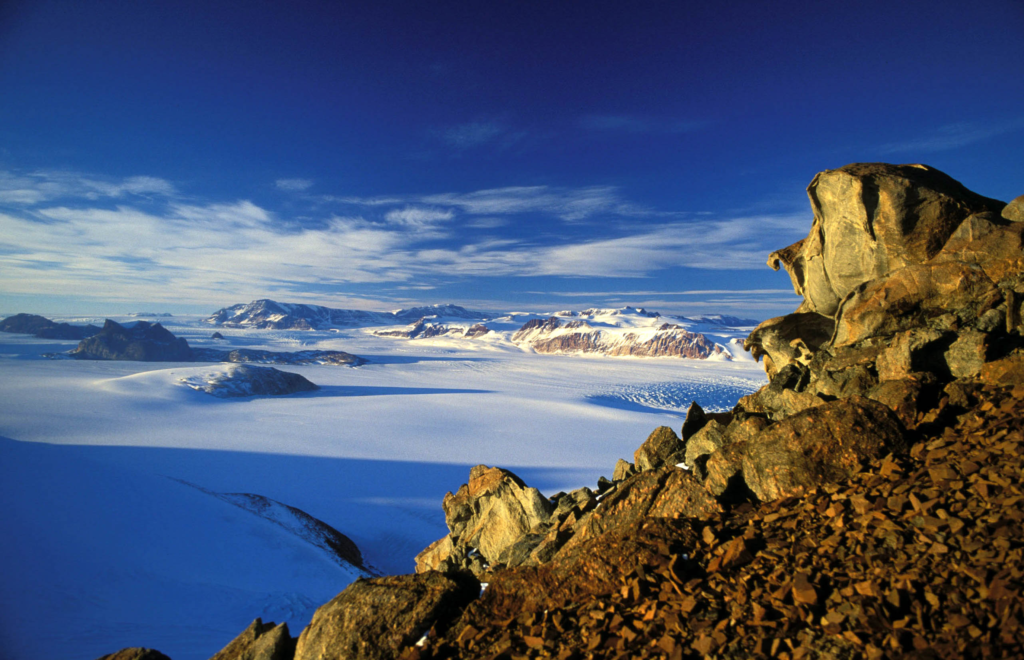Researchers discovered mountain ranges 410 miles deep into the Earth that are up to 4 times the height of Mount Everest. Read further to find out how.
Background Info
Starting at the center, Earth is composed of 4 layers: the inner core, the outer core, the mantle, and the crust. Since the crust is the only layer we can reach, we know vast information about it. To explore the 3 other layers, scientists study how earthquake waves travel through the planet and use calculations of Earth’s total density, gravitational pull, and magnetic field.

Research – Category 8.4 Earthquake in Bolivia in 1994
Researchers at Princeton University used data from a massive 8.4 magnitude earthquake that struck Bolivia in 1994 to help peel back the layers of our planet and reveal what the topography is like hundreds of miles beneath the Earth’s crust. They used this quake because you need huge waves of energy to bounce off valleys and peaks to get an outline of what the terrain is like. Since all objects have a surface roughness and therefore scatter light, the waves carry information about the terrain.
In this study, researchers investigated scattered seismic waves traveling inside the Earth to constrain the roughness of the Earth’s 660km boundary. Though the computer model was not able to determine specific height measurements, researchers say that the surface roughness at the 660km boundary was surprisingly rough with mountains and valleys that far surpass the Rocky Mountains, Everest, or the Appalachians.
Research – Antarctica
Another project led by Samantha Hansen was focused on ultra-low velocity zones that are located in the core-mantle boundary inside Earth. The project was stationed in Antarctica, an interesting place to study these hidden monster mountains, because they’re far from any blobs (large low-shear-velocity provinces) or tectonic plates that have shifted or fallen. Using seismic stations (measure the movement of the ground), these investigations provide the highest-resolution imaging of the interior structure of our planet.

Hansen says because of the mountains’ existence in Antarctica, these gigantic peaks may be found all around the planet, contradicting the idea that these high underground peaks were once ancient ocean floors.

